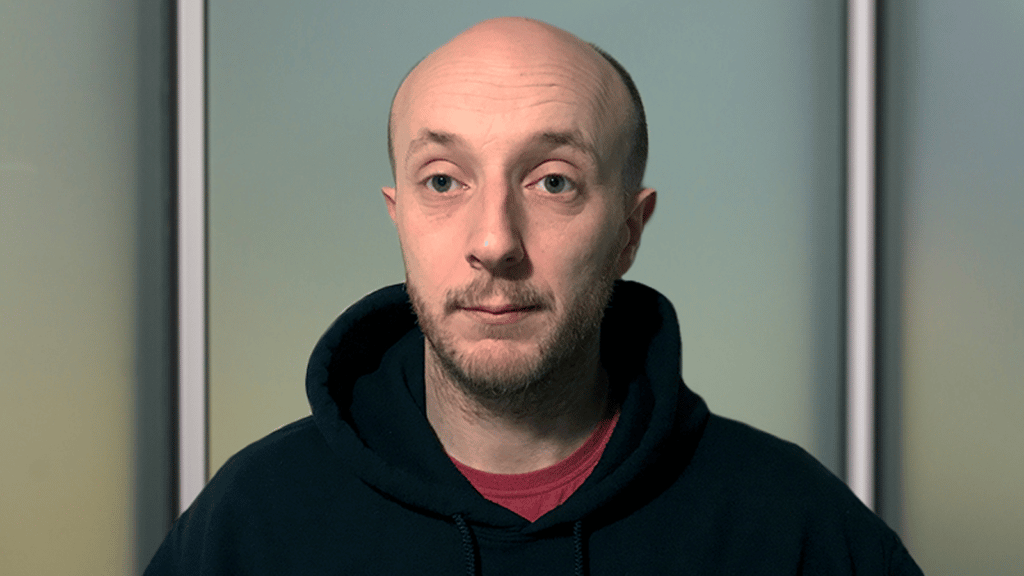Before getting into broadcast, I worked in IT, providing technical support in a variety of different companies – in the holiday industry, research and development, finance… My transition from that ‘regular’ IT work to the broadcast and production industry has been very smooth. The way we approach hardware at Gravity Media really suits me, because the legacy of the equipment doesn’t need to be maintained. By that I mean the kit that goes out gets stripped back down when it returns to us, so that it’s in an ‘out of box’ state when the next client uses it. Keeping everything in this flattened state really does help when we’re getting things ready for the next job.
Having a good grounding in IT meant that I brought a good range of skills to the company. I got the hang of the networks and workflows we use quite quickly, which has allowed me to dedicate some of my time to R&D – specifically remote–working technology, virtualisation and cloud working. Remote editing – both virtual and hybrid – is what I’ll focus on here.
An example of a hybrid remote-editing solution that we’d put into a client’s house would be a two-screen setup – two desktop monitors and a Sony PVM-A250 client monitor. This then connects to a workstation back at Gravity Media, where we house all the media and the editing software. Connection is via our new remote-working solution; the PCoIP technology we use from Teradici makes the remote experience pretty much as good as being in an edit suite – just as long as your internet speed isn’t dreadful.
The system is really flexible. It’s great for teams who always intended to work from home or from other countries, but just as good if someone calls in sick, and you need someone to cover them just for one hour, or one day. For a full virtual setup, we don’t have to send out any kit: the user just has to download the software, connect to our system, and start working. It really is very versatile.
The technology is adaptive too, which is one of the beautiful things about it: all it’s doing is sending out the information that’s being displayed on the screen to you. So if the client’s connection isn’t that great, then it will actually reduce the bit rate of the image being sent. In theory, even on a bandwidth as low as 2Mbps or 4Mbps, you’ll still be able to connect; the pictures you’ll see on your screen will just be a bit more compressed or not quite as well rendered as they would be on a 50Mbps connection. There’s no minimum bandwidth required for this to work smoothly because it evens out. Even running three screens is well within the capacity of a standard internet connection. You can even connect via a phone and watch footage over the 4G network.
One of the benefits of using this virtual system is that, once your machine is connected to the remote-working platform, you’re removing the physical Avid from the cutting room. Security is enhanced once editors don’t have physical access to their Avids any more; it means that we can move all the machines and storage into a totally secure environment, and the editors will still be able to access that information from wherever they are ‒ whether they’re at home, at Gravity House, or any other post-production facility globally. With the media housed in one location, it’s all centralised across Avid Nexis storage. That means it’s all accessible at high resolutions, and is physically located behind a series of locked doors monitored 24/7. Our clients know that no one can walk in, plug in a drive and copy loads of media, so it offers great peace of mind.
Remote working is definitely the direction of travel in this industry, but I suppose the greatest challenge to it becoming the norm is the size and volume of files. On outside broadcast jobs, not that many files are generated on the edit side of things, but those that are will be anything from 50-100GB in size. Contrast that with post-production on a long-form drama ‒ the files may be a lot smaller, but there’ll be thousands of them from myriad different takes, along with all of the other proxies and data that’s been generated, as well as all the audio files. Overall, the amount of information that goes into creating a drama is a considerably more than that generated in an outside broadcast. So we just need to be sure the storage, processing power and connectivity are up to the job.
To find out how Gravity Media can help you with your next production, email enquiries@gravitymedia.com.

